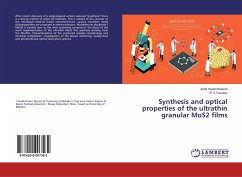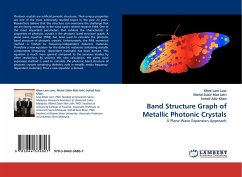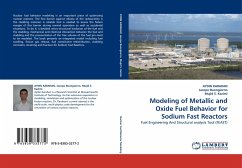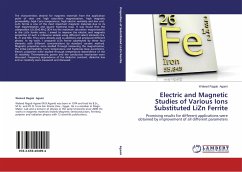Until recently, the spin of electron was ignored in conventional electronics. Indeed, there are many ways that the spin of the electron can be utilized to add new capabilities and new functionalities. The understanding of this enormous application potentially has given birth to an emerging research field of Spintronics (also Magnetoelectronics). Hybrid Ferromagnetic (FM) -metal/Semiconductor (SC) structures, particularly granular films, where magnetic nanoparticles are dispersed in a nonmagnetic matrix, has been a focus of interest in recent years. Theses nanostructures are not only fascinating for fundamental research, due to their magnetic and magnetotransport properties, but are also important for Spintronics applications. The most straight forward approach for spin-injection is the formation of an ohmic contact between a FM-metal and SC, anticipating a spin-polarized current in the SC. Typical metal- SC ohmic contacts result from heavily doping the SC, leading to spin-flip scattering and loss of the spin-polarization. This could be overcome by tailoring the interface, which has been tried from the Swift Heavy Ion (SHI) irradiation in the present work.








